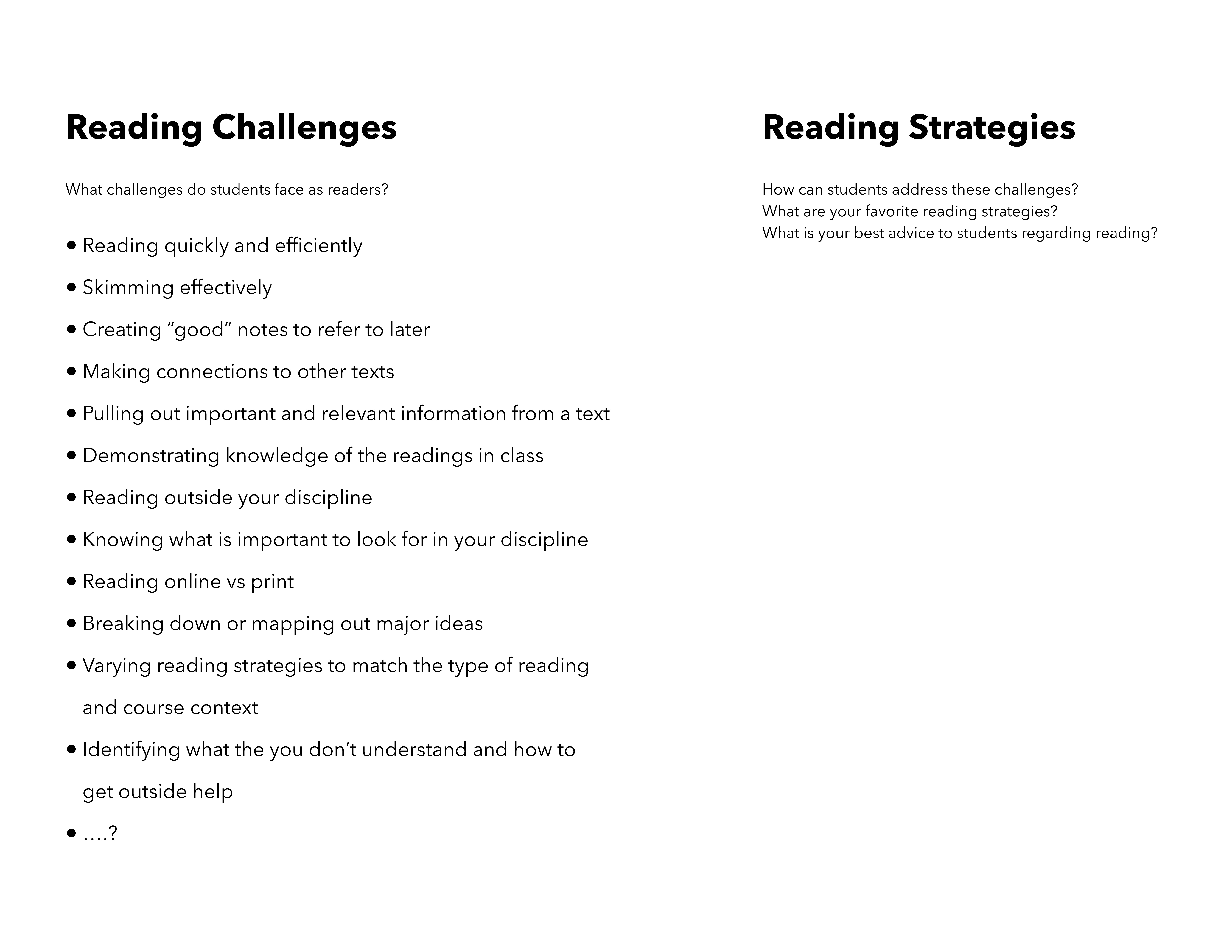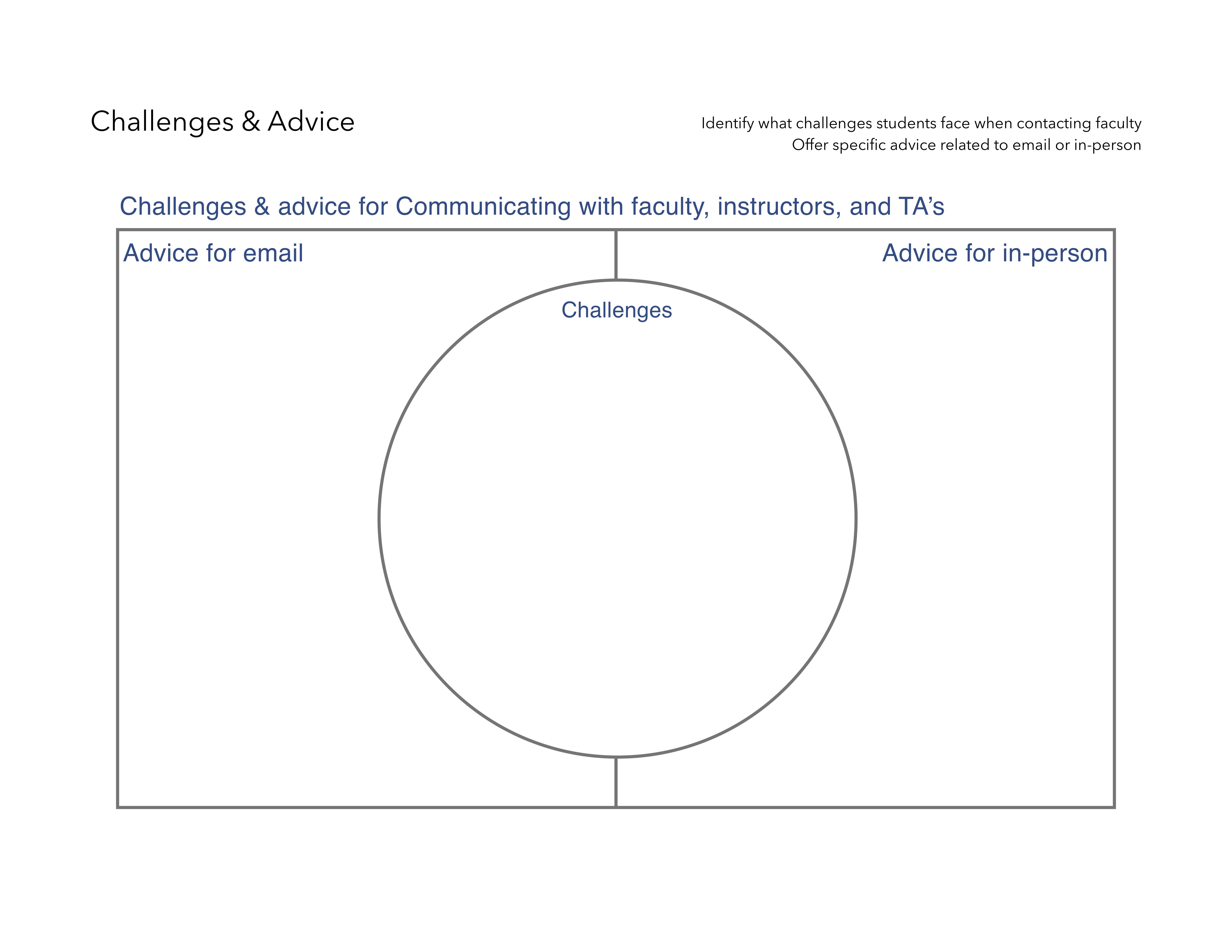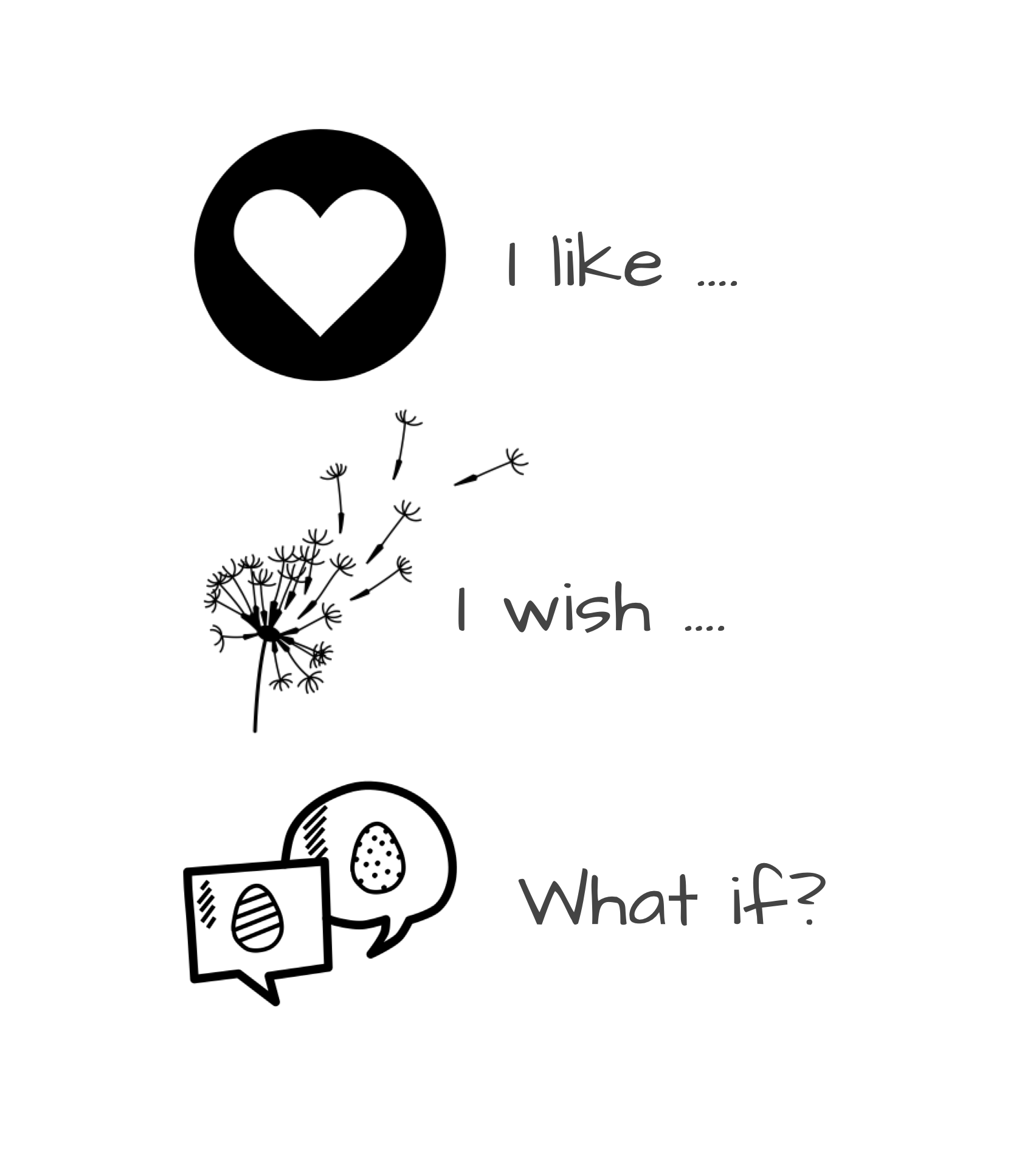Design jams give us the chance to share ideas and prototypes in progress with the WI+RE community and get essential feedback on our work. Today we organized our jam session around 3 design challenges from our current projects. For each, we set up a table and facilitated a quick, 15-minute activity to gather insights and inform our next steps. Participants got to visit each table to provide their ideas, feedback, and advice.
What are the top challenges with academic reading? What are your favorite reading strategies?
To address these challenges, we’re currently gathering ideas and storyboarding. Our initial approach is to explore creating a series of very short (1 minute or less) personal narratives that introduce a wide variety of reading strategies. Our hope for this project is that we’ll be able to help learners think about and expand their reading toolbox.

At this table we expanded on a few conversations we have been having on social media to gather ideas and advice on quick academic reading tips we can share with students. We also shared a few storyboards in progress, and asked for feedback using one of our favorite feedback activities: "I like, I wish, What if?" or IL/IW/WI.
In an IL/IW/WI activity, participants provide feedback, starting their sentences with "I like..." "I wish..." or "What if...?" in order to share feedback that is both helpful and specific.
Handout
Key Reading Strategies
- Reading quickly and reading efficiently can seem like they’re at odds with each other.
- What does it mean to create “good” notes to refer to later?
- For reading online vs. in print, see Diane Mizrachi, (2016) "Buy, borrow, or access online?: Format behaviors among college freshmen in a reading-intensive course", Reference Services Review, Vol. 44 Issue: 4, pp.583-595.
- Breaking down and mapping out major ideas.
- Knowing when to stop to look up unfamiliar vocabulary, and when to read on.
- ESL students undergo a double translation process; first they must make sense of the English words, then translate the English words into an abstraction of the topic.
Suggestions and Recommendations
- Vary reading strategy according to article type.
- For journal articles (especially in Social Sciences), read the Abstract and Results first.
- Know when to skim and when to read closely.
- As a skimming strategy, read the first sentence of each paragraph.
- Color-code or highlight notes according to degree of importance.
- Try reading out loud.
- For copious amounts of reading, create a reading group where every member closely reads a certain text and gives an overview to the other members.
- Create a dialogue with the text through active/participatory reading.
- Know the limits of your attention span, but also know that further reading practice can help you develop your reading stamina.
What are your tips and advice for communicating with instructors via email and in-person? We’re exploring a variety of formats, including infographics and interactive websites, to help with this challenge!

At this table, we mapped out both the challenges related to student-instructor communication as well as top tips and advice for both e-mail and in-person.
Challenges
- Fear/intimidation/imposter syndrome about contacting faculty
- Not familiar with academic conventions
- What do you do if there’s no response?
- How do you physically find them!
- Is my question valid?
- What do I call them?
- What tone do I use?
- What language? Is colloquial okay? What if we speak colloquially in person?
- Do I state my purpose right away, or should i make small talk?
- Your timeline and the faculty timeline are not compatible!
- When to contact TA vs faculty
Advice for email
- Err on the side of formality
- Background familiarity with the assignment, or the faculty member’s work
- Keep your email short
- Make sure you can’t find the information elsewhere and identify where the gaps are (why you are contacting THEM specifically). Show them that you tried to find it yourself.
- Make it clear what you need (know your goals for the conversation and make that clear to them as well)
- Attach cv/resume if applicable
- Give them context, explain which class you are in, what assignment you are working on, etc.
- Address them how they would like to be addressed (google them to find out about phd or see how they sign off on group emails/syllabus)
- Identify yourself!
- Please and thank you’s!
- Sign off “thanks in advance”
- Send it at an appropriate hour!
- Indicate that you appreciate their time
- Don’t wait until it’s too late!
- Hello and Dear vs Hey and Hi
- If you are asking for an appointment tell them WHAT you would like to discuss in the appointment
- Save as much back and forth as possible. If you scheduling appointment tell them in your FIRST email what your availability is!
- State what’s your timeline
Advice for in-person
- Might want to email first to set something up and to set clear goals/expectations
- Be succinct
- Why are you contacting them specifically (for research mentor)?
- Bring cv/resume if appropriate
- Be on time
- Always confirm location
- Send email to notify if you are going to be late or need to reschedule.
- Have an elevator speech ready for if there is a shortage of time but also have a longer version ready for if you are the only one there and they have lots of time to chat!
- Come prepared
- Be mindful of their time and other students’ time
- Coming in person is often more efficient use of your time!
- Thank them for their time
- Send materials to them so they don’t have to touch your computer!
- Bring paper/pens
- If coming in for writing help… be specific about what “feedback” you want
- look at your work and identify three questions or topics (that emerge from assignments or course topics) that you’d like to address—and challenge yourself to do this before week 5, whether or not you’re having problems in the class. Then it won’t feel so hard to reach out when/if you do need help.
- Hello and Dear vs Hey and Hi and other forms of chumminess!
- Start with the most important questions
- If you don’t have enough knowledge to ask specific questions: say that! ““I am interested in x, but I don’t quite understand the issue enough to ask for further clarification. Can you explain what you think is especially interesting or important about x?
- Don’t make generalizations about a bad experience in office hours. All instructors are different and come from different contexts!
- Talk to the Faculty in Residence who lives in your building on campus.
- Try a peer resource, like the Writing Center, first. Talking to a peer can be less intimidating
In this project we’re exploring how to help researchers expand their search beyond their initial ideas to include a more diverse set of perpectives and resources.

At this table, we shared our prototype in progress and gathered feedback using "I like, I wish, What if?"
Handout
- Overall, the feedback was widely supportive of our visuals. The bruin bear is a crowd pleaser. The revamped flashlight section was also brought up by multiple people as being their favorite part! The pie chart design is also effective. We got some good feedback on our script, as well!
- One small thing that is yet unresolved is how much spinning is too much spinning. There were as many proponents of the spinning as there were people cautious about it… perhaps just a little less spinning might be recommended (e.g. the “Your current research” text in the center toward the start of the video)
A few wishes/what if’s included:
- Adding a glossary for terms (e.g. “academia,” “primary source)—this may be best implemented in the interactive module part of the tutorial. We were imagining something that you could hover over, perhaps…
- Emphasizing a few more things:
- That your “research question” is a malleable, changing thing; it isn’t static, and your thesis will grow and change as you expand your perspectives
- To refer back to the prompt & bring drafts, questions, etc. to the InqLab
Pointing students toward our other materials (once they have these resources, what do they do with them? Direct them to other things we’ve made)
- The “Other Disciplines” section—perhaps instead of having the bear move from building to building, the buildings could be highlighted/grow bigger/etc as the corresponding audio refers to them (if it says psychology, the building that represents “psychology” is lit up, etc.)
To wrap things up, we had did some whole group brainstorming and generated some great ideas for potential future projects and events:


